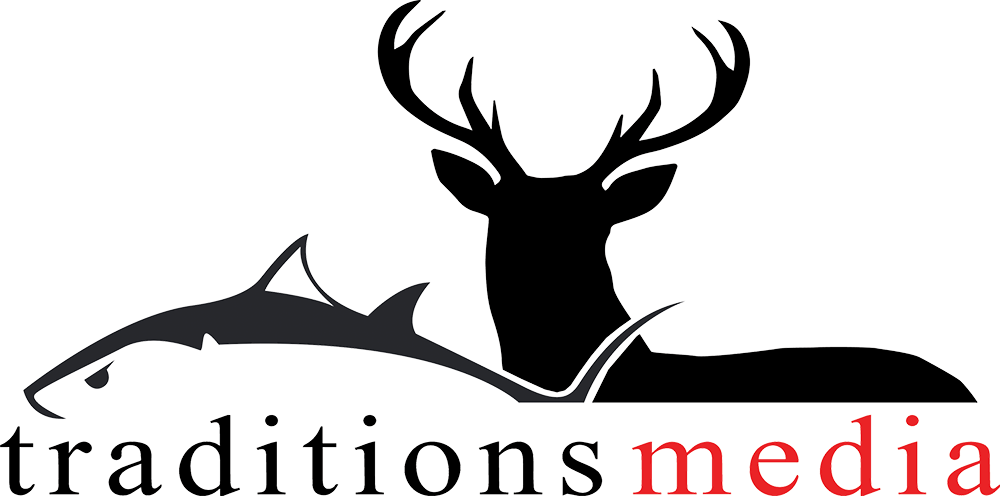|
Anglers can catch largemouth bass in every season; but hands-down, spring dominates in terms of accessibility to quantity and quality. Essentially, the fish are at their heaviest of the year, they display voracious feeding interests — pre and post periods — and often position in areas where they can be visually located. Broadly described as a trident of prespawn, spawn and postspawn stages; spring sees bass moving from their deeper wintering haunts to the shallow bays, pockets, coves and flats where they’ll set up shop. With the exception of Florida, whose mostly warm climate and lengthy geographic profile generally, most of the nation sees a more well-defined spawning season during which fish efficiently utilize favorable windows to launch the next generation of rod-benders. But that’s not always the case. In weird years, it’s tough to nail down specifics, as historical norms often yield to a catch-as-catch-can reality during which the playbook goes out the window and the team adopts a “just get it done” mentality. That being said, fundamentals of fish behavior do not change much; so, while the 2018 spawning season may experience some off-script moments, we can offer a handful of guiding principles to help you dial in your search. |
|
|
Transitional banks where larger rock meets gravel usually marks a good area to start looking for spawning fish. |
|
WHEN THEY GO The calendar provides the macro view, but it’s the meteorological and lunar factors that spur this seasonal show. Warm Water: When the temperature gauge on your Raymarine Multifunction Display reads 55-65 degrees, that range usually gives bass the confidence to hit the nests. Higher is better, as eggs need warmth for complete development and hatching. Water Level: Sounds obvious to say that bass need to keep their nests submerged, but when heavy spring rains and snowmelt swell reservoirs, lake managers will strive to bring them down to normal pool. The rising water may push that ideal spawning zone into new territory, but as soon as the water starts falling — high and dry. This is why daily observation, either on the water, or online release schedules stand essential for finding dependable bedding areas. Tidal environments see daily rises and falls, but local bass know the deal and will bed in that compromise zone that’s shallow enough to allow sunlight penetration, but deep enough to stay wet during low tides. |
|
|
The ultra-realistic LIVETARGET Sunfish Swimbait is lights-out for spring and summer bass. |
|
Moon phases: Full and, to a lesser degree, new moons will stimulate spawning movements; assuming other factors fit the fish’s preference. One thing to consider is that not all the fish in a lake — especially large bodies — will spawn at the same time. Generally, the fish will advance in waves, almost like a shift change at the grocery store. This year has really scrambled the schedule, as an extended winter and some pretty fierce temperatures have delayed the spawn in many southern waters that would have already seen significant levels of activity in April. The result in many areas may be a condensing of the spawning waves. Picture a multi-screen theater that properly staggers movie times so show-goers arrive and depart in manageable groups most of the week, but botches one night’s schedule with several overlaps. That throws off everything from parking to popcorn lines. Kinda the same deal with a delayed spawn. The upside is greater opportunity for anglers, as more fish may converge on the spawning areas. |
|
|
Laydowns can offer prespawn staging habitat, but the ones tucked back in a spawning pocket may also shelter bed fish. |
|
WHERE THEY GO Often, tournament anglers will talk about staking out spots like hydrilla lines, shallow ledges and points where they can catch fish “coming and going.” This refers to staging areas that host prespawners preparing to move up and post-spawners that have recently left the beds and need a comfortable recovery lounge before moving to their summer haunts. Other key habitat features for the spring season include: Transitional Banks: Could be boulders to chunk rock, chunk to pea gravel, or even clay to rock; in any case, these seams in bank makeup represent progression points in the bass’ spawning migration and, therefore, natural pausing points. Docks: Cover, feeding angles and shade are always popular with bass, but look under those walkways and along the shoreline between docks and you’ll often find bedding bass. Natural Wood: This is a bigger deal than many may think this time of year, so pay attention to big laydowns, standing timber and even wood jams in the backs of those small, secondary fingers running into major spawning pockets. |
|
|
Docks offer that ideal combination of shade, protection and feeding opportunities for pre and postspawn fish. Also look between adjacent docks for spawners on the bank. |
|
Electronics play a key role here in not only identifying the sweet spots, but also finding the bait schools that will interest staging fish on both sides of the spawn. This is where your Raymarine CHIRP SideVision excels at scoping the adjacent areas for a bass buffet. Below the boat, CHIRP DownVision will show you a key element of the annual bass trek — the ditch. Fish may rise up on the flats of a creek or pocket to feed or sun, but their movements into and out of the spawning areas trace a distinct course along the deeper drain. The depth variance may only be a few feet, but this is the travel route the fish will follow year after year, so look for those staging spots close to this drain. That’s particularly relevant during a delayed spawn, as the ditch will often look like a parade route. Once the fish move to the beds, the game becomes mostly visual; but note that grass lakes often find the bigger fish staking out isolated holes and pockets in a shallow hydrilla, milfoil or eel grass bed. Raymarine Axiom’s RealVision 3D will help you find well-defined grass features where the pickier big fish like to spawn. |
|
|
Raymarine’s RealVision 3D reveals submerged timber, grass, bait, and bass. Dropping waypoints allows the angler to precisely work the fish-holding area, thus eliminating dead water. |
|
BEST BAITS When bass are in that transitional mode, it’s wise to prepare a two-pronged approach that addresses looking and targeting. Easing through likely areas with a steady trolling motor level that won’t spook jittery fish, blind cast from shallow to deep with tempting search baits like LIVETARGET’s ultra-realistic swimbaits. Bass despise nest-raiding bream, so the sunfish replicas will draw their ire, but you won’t go wrong with the threadfin or gizzard shad pattern. Note: While prespawners will bite to eat, bed fish, especially recent arrivals, will be more concerned with bed defense. They’ll often chase a bait until it’s out of their security zone, but even these wakes, boils and pushes are helpful, as they define a target area for potential sight fishing, or at least an estimated toss with a wacky-rigged Z-Man ZinkerZ stick bait. |
|
|
The Z-Man Jack Hammer ChatterBait and Z-Man RaZor ShadZ combo has turned bass fishing on its ear, winning tournaments and producing fish for everyday anglers like magic. |
|
Another effective search bait is the Z-Man Jack Hammer ChatterBait with a Z-Man DieZel MinnowZ or RaZor ShadZ trailer. Noisy and flashy, this reaction bait is meant to resemble a range of prey and potential nest threats, so expect arm-jarring bites. Same goes for your shallow running crankbaits, both the lipless and squarebill design. The former’s great for machine-gunning an area with rapid-fire casts, while the latter likes to ricochet off the hard stuff. Savvy anglers also keep a topwater frog handy for covering water in search mode and targeting beds. Unlike the bottom-oriented baits most commonly thrown at bedding bass, topwater frogs hover overhead in a menacing display that bass simply cannot handle. For those who dig the sight-fishing game Texas-rigged craws, lizards or stick worms will irritate protective bass. Natural colors like green pumpkin tend to get the more aggressive responses, but white’s easier to spot when spooky fish require lengthy presentations. Watch target and when the white disappears, you’re in business. |







